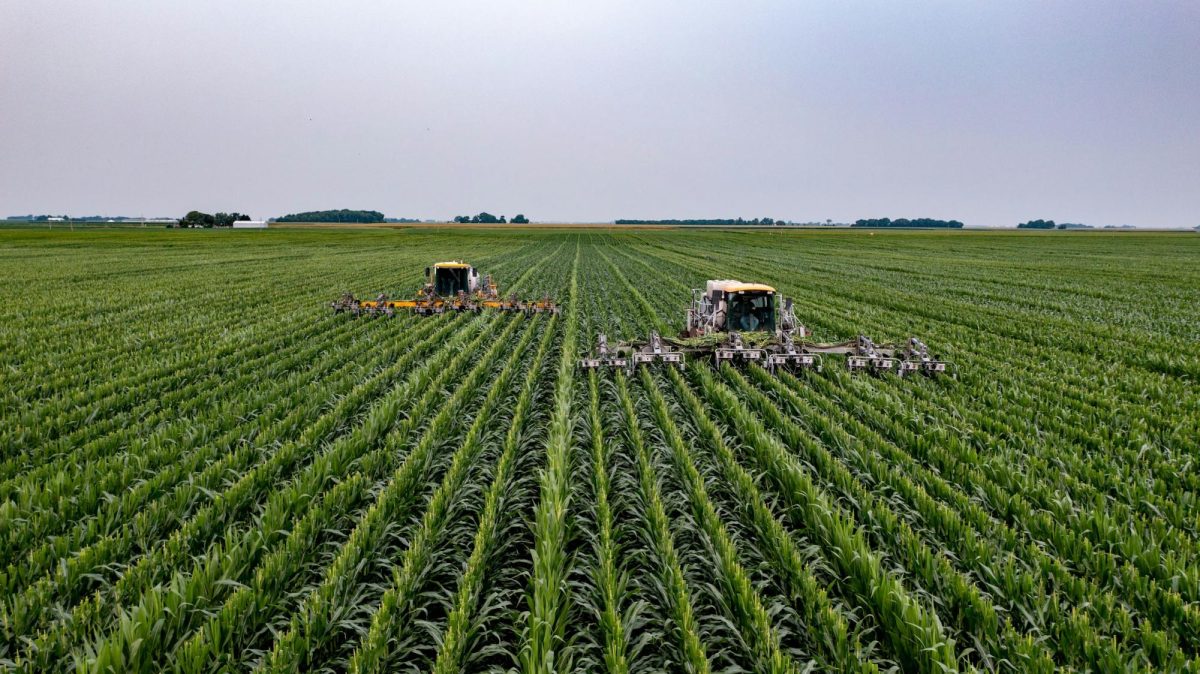Trends in Ohio
Ohio’s climate has changed significantly over the past century. It is becoming warmer and wetter compared to previous years. Extreme rainfall events have risen, leading to more frequent floods. Additionally, higher temperatures during dry summer growing seasons have increased the need for irrigation.
Temperature
Ohio’s average yearly temperatures have risen by more than 1.5 degrees since the early 20th century. Most of this warming has occurred during winter and spring. While summer daily temperatures haven’t increased significantly, warm nights have become more prevalent, reaching 70 degrees or higher.
Growing Season
The length of the annual frost-free growing season in Ohio has increased by 9 days over the past several decades. The recent changes are primarily due to an earlier last spring freeze and a later first fall freeze.
Precipitation
Since the mid-1990s, Ohio has experienced a significant increase in heavy rainfall events measuring 2 inches or more. This trend has led to more rain during the winter and spring seasons. Additionally, the number of wet days and occurrences of multiple wet day events have risen by as much as 30% across the state.
Adjusting and Adapting for Farmers
Farmers in the Midwest have faced increasing challenges due to climate change and extreme weather events over the past few decades. Issues like droughts, heavy rainfall, floods, tornadoes, and derechos not only damage crops but also kill livestock and destroy homes, barns, and grain storage facilities. As a response, Midwest farmers are developing and implementing adaptive strategies to effectively cope with these impacts. Traditionally, farmers have used various adaptation strategies to mitigate yield reductions caused by weather variability. Climate change and the more variable and extreme weather it brings have made taking adaptive action more urgent.
Surveys were conducted across several Midwestern Corn Belt states—Wisconsin, Illinois, Iowa, Indiana, Michigan, and Ohio. To examine the factors associated with farmers adaptation to changes in extreme weather. The surveys showed that farmers recognize climate change and are experiencing its impacts in their daily farming operations. In response to these challenges, many farmers have adopted various adaptive strategies. Common approaches include planting more resilient crop varieties, outsourcing certain on-farm activities, changing tillage practices, and installing additional drain tiles.





















